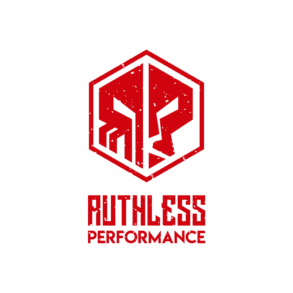I’m ‘running’ a big risk here by trying to condense my thoughts on running amongst the general population and fitness community into a microblog but let’s give it a go…
I’ll start by saying that I went for a run this morning. I’ve been using running as a means of getting some outside conditioning in when it is otherwise too cold for me to bicycle (the temperature cutoff lies somewhere around 27 degrees F where it is no longer tenable for me to ride). The more I run, the more I enjoy running, however, I am somewhat conflicted on running as a form of exercise.
Definition of Terms
Within the scope of this article, when I’m talking ‘running’, I’m talking about medium to long distance runs of 1.5 miles on up to somewhere around 6 miles. Over that distance requires some serious coaching and should be approached with a serious attitude. And under that minimum threshold, individuals can get some energy system training in without much blowback.
Short runs lend themselves to greater mental concentration, where technique tends to be naturally smoother. Very short runs of 40 yd. up to around 400 yd. can be great for anabolic signaling, soft tissue development, and much more. But, on a flat surface, a 40 yd. sprint can do some damage to the uninitiated. If you’re an adult, introduce sprints by first fast walking and then gradually increasing intensity. Hill sprints can reinforce technique and provide less down force than flat or downhill running (consider a box jump vs. a vertical jump or depth jump).
But back to that 1.5 to 6 mile length… Let’s dig into some pros and cons…
Cons
For starters, running isn’t going to provide most with the benefits that they seek. Most fitness runners tend to seek out some fat loss and the somewhat opaque term of ‘toning’. My main issue with this is that if you are looking to lose weight because you are carrying excessive weight, this fact means that upon each stride and impact you are coming down with excessive weight. For this reason alone, I do not like running for weight loss.
The goals that many are looking for out of running tend to be best accomplished by weight training. Sure, forms of cardio will lead to greater fat loss in the short term. But with weight training, you can put on muscle and burn an additional 50 calories per day per pound of muscle that you add–at rest–effectively allowing you to lose weight in your sleep.
Injuries abound in recreational mid-distance running, but it doesn’t need to be this way. Seek out a qualified coach to instruct you on footwear and technique.
Pros
Running is obviously very low barrier to entry. You barely need anything to get started beyond shoes and shorts. Running is also a fantastic way to see new landscapes and interact with your environment in a way that you might not have otherwise found. In my run this morning, for instance, I came upon a group of eight deer that I was able to watch for a few minutes before they spooked. Had I forgone my run, I wouldn’t have had this particular experience.
From a broad perspective, running should be a no-brainer. Its indicative of our culture at large that something so cheap and accessible has become so unattainable for so many. In spite of its shortcomings, running can make you tough and for that reason alone I think running is something worth pursuing.
If you are going to commit to running, then fully commit. Find a dedicated running club or coach, if only to get started. Having a coach for accountability and feedback will help you last in the running world and help build your understanding of how you can best utilize your body for locomotion.
If, however, you still choose not to run, I don’t blame you. I’ll go months without running, as I did in the winter, but in an absence of running I also recognize that I’m not as well-rounded of an athlete as I should be. But what else are you missing? Is running the low-hanging fruit? Or are their other deficits in your physical performance that should be addressed first?
Get in shape to run, don’t run to get in shape.
-John

